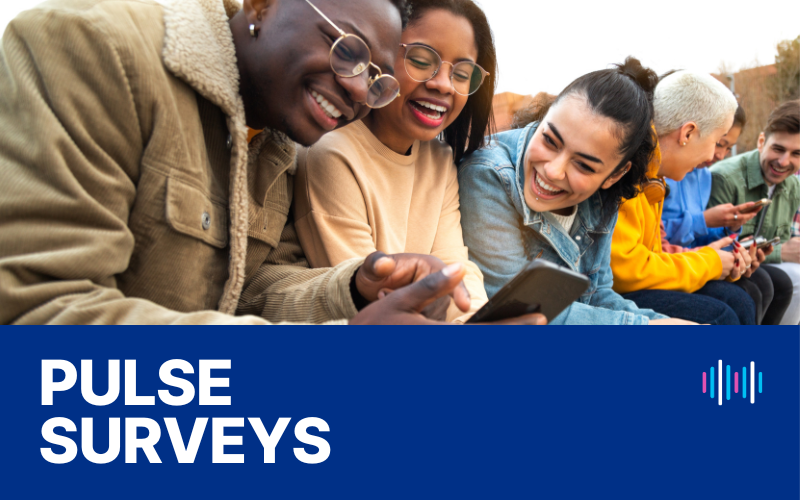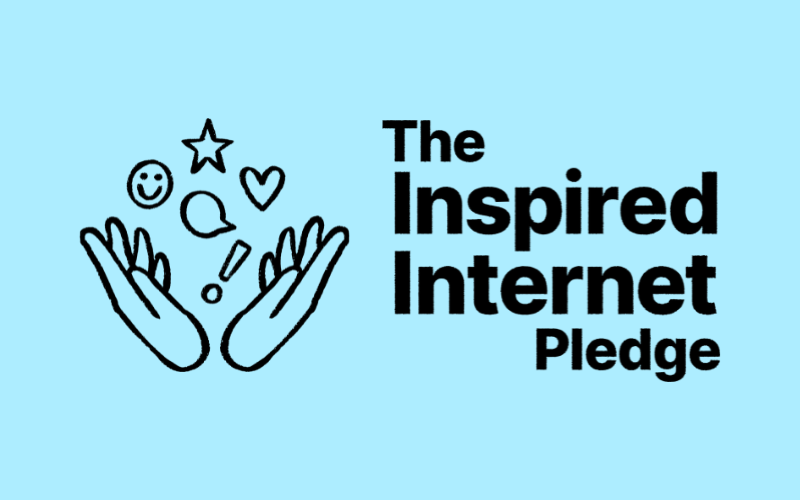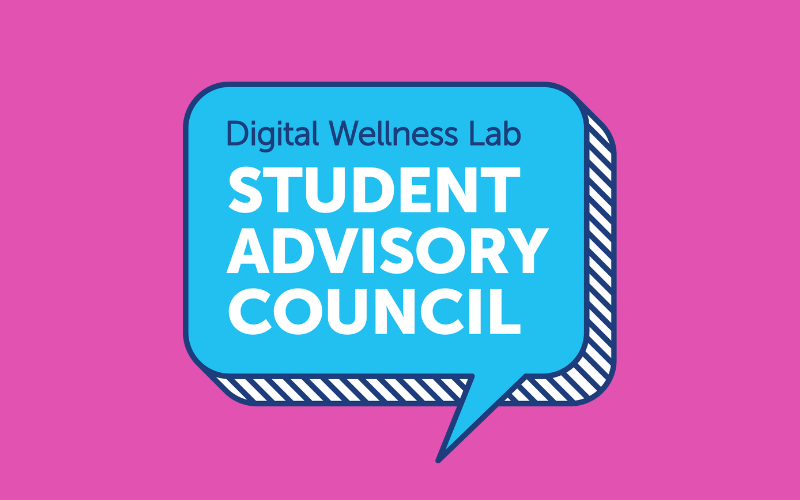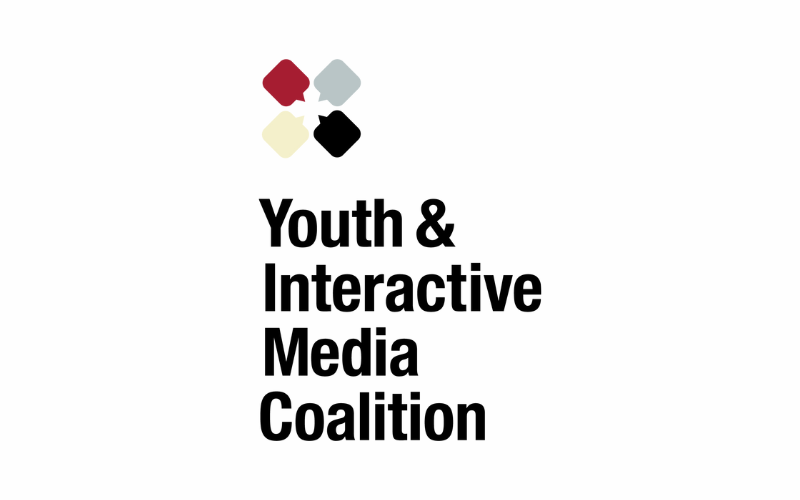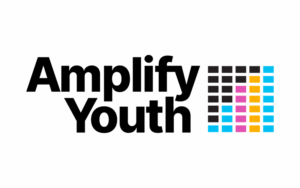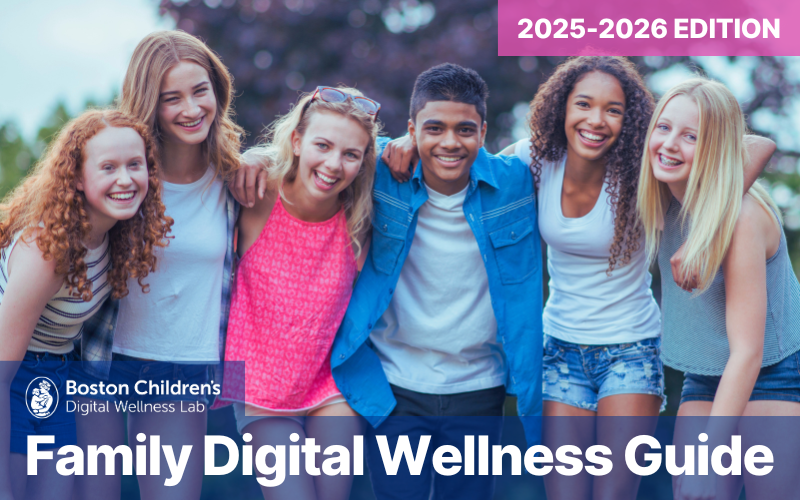Meeting youth where they are: How technology and digital media platforms can support social-emotional development
Young people’s social-emotional learning (SEL) isn’t just a “nice to have”—it’s critical to their success in school and their overall mental health. Considering that the current state of youth wellbeing has been labeled a crisis, there is an urgent need to find new ways to support kids’ and teens’ mental health.
SEL has been shown to provide youth with key opportunities to develop the skills they need to flourish in school, career, and life. But there’s a challenge—schools are struggling to make SEL happen at scale. Limited time, scarce resources, and curriculum demands create major obstacles. Meanwhile, young people spend an average of eight hours daily on screens, with over two-thirds of teens using social media. What if the social media, games, and streaming platforms youth already use daily could also be places that are designed to intentionally support their positive development?
Fostering Social-Emotional Learning Through Interactive Media: Eight Key Strategies
To explore this possibility, the Digital Wellness Lab at Boston Children’s Hospital and Education Development Center spoke with experts including SEL specialists, K-12 educators, tech leaders from popular technology platforms, and young people ages 18-22.
Here’s what we learned: Technology leaders understand the value of social-emotional learning and see huge potential for technology and digital media to help young people access it, but there’s currently almost no intentional SEL-focused design happening. Based on our conversations, here are some suggestions for how media and technology platforms can weave SEL into digital spaces:
1. Meet Youth Where They Already Are (Literally)
Instead of creating an SEL-specific app, embed features within the streaming services, games, and social media platforms they’re already using. As one tech leader told us: “It boils down to meeting young people where they are, but to be able to reach them with compelling content that isn’t necessarily saying, ‘Okay, today we are going to learn about…’ and instead integrating it into things they are already doing.”
2. Design for Real Connection
Platforms should intentionally encourage young people’s natural drive for connection and community. Think peer mentorship systems in gaming, guided relationship building in social apps, or “pause-and-reflect” prompts that ask users to consider the impact of their post before hitting send. Create relationship health dashboards that give youth insights into their interaction patterns and suggestions for being more positive.
3. Build Smart Feedback Systems
When young people can recognize and process their emotions in real time, they’re better able to act with empathy. Use AI-enabled features to provide immediate feedback on social interactions (e.g., visual indicators when messages are supportive vs. potentially hurtful), or create “consequence visualization” that lets users preview likely reactions before posting. Give youth low-risk, virtual spaces to practice difficult conversations.
4. Gamify Teamwork and Problem-Solving
Social gaming platforms provide promising spaces for enhancing SEL through community engagement. Design team collaboration metrics that highlight supportive teamwork over individual performance. Create in-game rewards for related challenges. Provide guided conflict resolution tools during multiplayer interactions.
5. Make Self-Awareness Engaging
Move beyond basic “take a break” nudges to create features that explicitly encourage young people to check in with themselves and build self-management skills. Gamify time limits, create healthy challenges, use vivid imagery to remind users to assess their wellbeing. Make clear connections between online behaviors and self-management strategies in the physical world.
6. Leverage the Power of Role Models
Young people can form relationships with characters, influencers, and AI agents they encounter online. When youth see trusted creators modeling healthy skills like self-awareness and empathy, they have opportunities to learn to apply these skills in their own lives. Create content that shows different perspectives on the same situation, prompt reflection on how content relates to users’ own experiences, and reward creators for authentically modeling healthy social-emotional skills.
7. Use Interactive Stories to Teach SEL
Storytelling is incredibly powerful and can be woven into all types of platforms to help young people learn social-emotional skills. Think beyond traditional stories—use generative AI tools like chatbots and voice agents to help youth create stories that build on their own experiences. This can provide them space for reflection, self-awareness, and emotion naming. As one tech leader explained: “How can you use this platform to learn or experience different things? Could you use chatbots to tell the story or create chatbots that can then tell the story of how to move through the platform? And maybe there’s different levels [to] practice [skills] like difficult conversations with the chatbot…sort of like creative storytelling.”
8. Bridge the Digital-Physical Divide
The real test of SEL is whether young people can apply what they are learning to their daily lives and in-person interactions. Build features that encourage family co-engagement, where parents can participate in online content and practice skills together offline. Use gamification to celebrate when youth transfer digital skills to real-world settings.
The Bottom Line
There’s a real reason for optimism. Stakeholders across sectors recognize the tremendous potential to embed social-emotional learning into existing technology and media, and emerging tools are evolving rapidly to make this vision possible. With advanced platforms testing new ways to engage youth in personalized and meaningful experiences, the moment is ripe for innovation.
But to fully realize this potential and make the case for sustained investment, technology companies need robust, compelling research that clearly demonstrates the impact of embedded SEL both on young people’s wellbeing and on their own bottom line.
By working in collaboration with researchers, educators, tech developers, families, and most importantly, young people, we can create environments that support the growth of essential SEL skills while setting the stage for a generation that is socially and emotionally equipped to navigate the complexities of the future.
This article was written by Brinleigh Murphy-Reuter, EdM, Program Administrator at the Digital Wellness Lab and Yuxuan (Eleanor) Dong, EdM, Research Associate at the Education Development Center.

